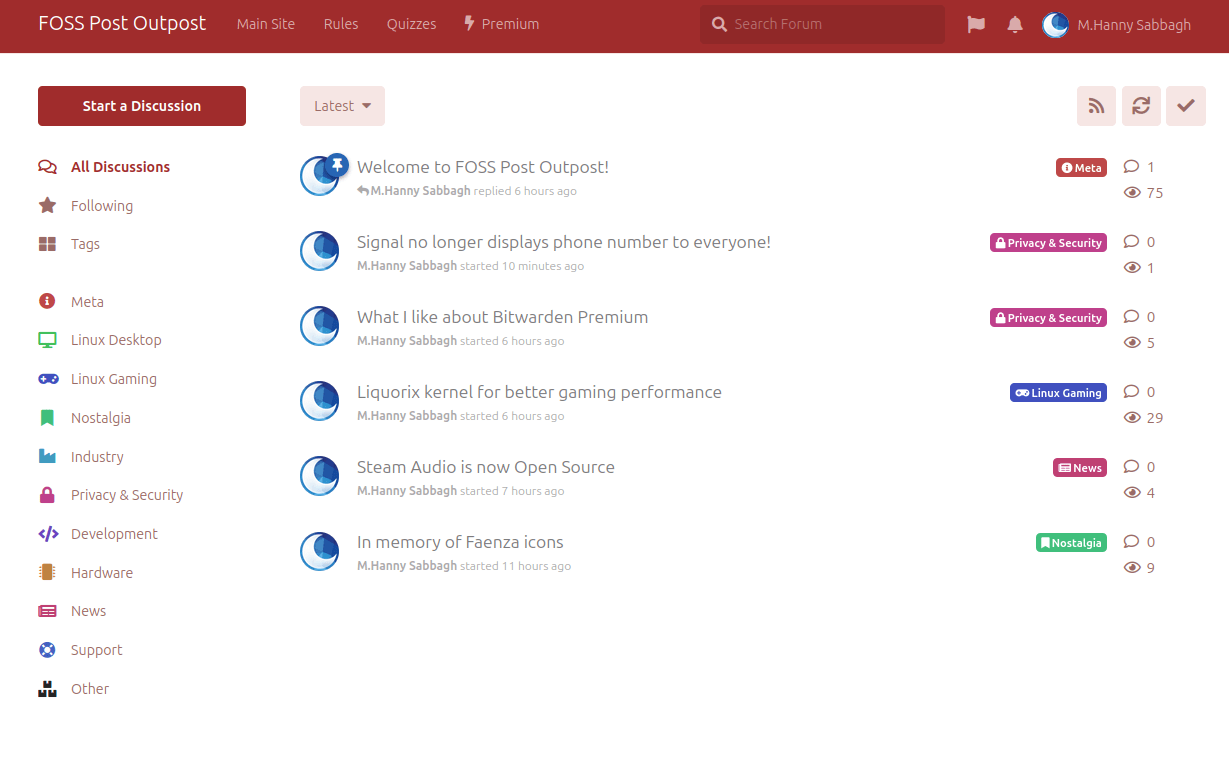Open Access is a publication model that allows anyone to use and access scientific papers produced by an academic journal or publication.
Historically, interested readers (Researchers, students… etc) need to pay for a subscription if they want to access the scientific papers produced by an academic publication, or they may need to pay the access price only for the articles they want to get.
Alternatively, they may also access them with the help of their universities or sponsoring institutes, which usually provide a free full/partial subscription for their researchers.
Those access fees could range anywhere from $20 to $500 per paper, and the monthly subscription fees are in a similar price range as well.
However, those access fees are a huge barrier for independent researchers which are not affiliated with a university or a funding source. Anyone who has tried to publish a scientific paper must have needed to read tens of related papers in the literature, and if he or she are going to pay for every single article they need to access, then they won’t be able to do science.
These fees are heavy even for universities themselves; they have to pay millions of dollars each year in order to keep providing their researchers with the scientific literature access they need. Sometimes, they may not have the enough funding to sign contracts with all the needed publishers, and hence, researchers have to deal with this situation for their own.
Another thing to take into account is that publishers usually ask for copyright ownership when authors send their articles for publishing. This is important for them in order to be legally able to monetize and re-sell the science work to the interested readers for a fee. Those publishers, hence, take fees both from the authors and the readers of scientific papers, and also the ownership of the scientific work itself!
Common publishers who do this are Elsevier, Springer and Wiley, there are many other ones as well. These publishers have many respected academic journals under their control, and they use them to generate profit. It is an oligopoly on science that enriches the very few over the account of many.
Some academic journals are funded either fully or partially by public tax money. Yet, only those who are able to afford these fees, or those who seek assistance with writing papers at Writepaper, may access the resulting work of the research. This has become an important topic in the last few years in many countries around the world, where the public expects to get the output of the work they paid for.
This is an important issue to solve, even if you are not a member of the scientific community. Scientists and researchers are the ones pushing for better technology, illness cures and scientific achievements, and hence, it is important to provide them with the literature material they need, or they won’t be able to produce any useful science work. It is important for society, as a whole, to publish science and make it accessible for everyone.
The Birth Of Open Access

That’s why open access was born. It is a movement that started in the early 2000s to provide the published scientific papers under better terms for both authors and readers. Authors usually still keep their own copyright of their work, and readers can access these papers any time free of charge.
Typically, published papers in open access journals is licensed under one of the Creative Commons licenses, which is a family of open licenses with different characteristics each.
Interested readers can access those journals and download the published papers immediately for no fee at all.
A downside to that is that journals have to rise the publication fee on the authors in order to maintain their operations. Peer-reviewing is a long process and takes time of many researchers to verify the correctness of the each submitted paper, and hence, a continuous source of income is needed. Which can reach up to $9000 per submitted paper, and costs an average of many hundred dollars.
However, this is changing, as many countries and institutes around the world start to realize the important of open access, many funding bodies started to push down on publication prices or help in APC fees (Article-processing charges).
Open Access Journals & Publications
There are many open access journals at the moment in many different fields, the most notable publishers of these journals are:
- Hindawi: Journals in the fields of biology, medicine, case reports, physical sciences, social sciences, education, mathematics, engineering and computer sciences. Their APC could be anywhere from $700 up to $2500. Published papers are all under Creative Commons license (CC-BY).
- MDPI: Founded in 1996, they have more than 370 journals in different fields, all are open access and licensed under CC-BY. APC ranges from $1000 to $2000 per paper.
- Elsevier: Even the biggest publisher of proprietary science papers has a place for open access. There are currently 500 journals which are fully open access by Elsevier, and their APC varies a lot depending on the field.
There are also different repositories and directory websites that you can use to find open access papers in your field:
- DOAJ: Or “Directory of Open Access Journals”, currently has around 7 million articles and 17000 journals in its database. 12000 of these journals are without APC (Free for authors to submit).
- arXiv: Has around 2 million scientific articles in its database. However, the dominant majority of them are not peer-reviewed, as the website is open for anyone to submit papers. Mostly, physics, mathematics and computer science are the most common fields in the platform.
Many other websites hosting open access papers exist, and one can easily find them with a simple Google search, depending on the requested field.
The Future of Open Access
Open access is the open source equivalent in software, it is important to boost and continue its adaption.
Many countries around the world have started to officially support the open access initiative. For example, the UK Research Council regulations require to publish all papers under open access, the Netherlands has a similar initiative to enrich open access publications in the country, and the National Institutes of Health (NIH) in the US has a mandate to provide all the papers funded through it under an open access license after a maximum of 12 months since publication.
Hybrid journals have started to appear as well; where traditional subscription-based articles and open-access articles are published side by side in the same journal.
Perhaps the only current blocking issue for open access is the high APC (Article-Processing Charges) for the submitted papers by authors. Open Access journals typically charge more than the traditional access journals, and this leads to authors unable to publish on these journals without funding or support from a bigger organization.
One can only hope for these charges to decrease time by time, and for more governments to start supporting open access initiatives much more than what is currently available.
Hanny is a computer science & engineering graduate with a master degree, and an open source software developer. He has created a lot of open source programs over the years, and maintains separate online platforms for promoting open source in his local communities.
Hanny is the founder of FOSS Post.





